If your dog has allergies, finding the right food can be tough. Hypoallergenic dog food recipes are a great solution. Making your own dog food lets you pick the ingredients and make sure your dog’s health comes first.
Dogs with food sensitivities often have itchy skin and tummy troubles. Homemade dog food can make a big difference for them. With vet-approved recipes, you’ll make meals that suit your dog’s special needs. This helps stop allergic reactions and boosts their health.
Trying to fix chronic allergies or just want healthier food for your dog? These recipes are easy and full of good stuff. Dive into hypoallergenic dog food and help your pet feel better.
Understanding Dog Allergies: Symptoms and Causes
It’s very important to know how to spot allergy signs in your dog. Signs include constant scratching, ear infections that keep coming back, losing hair, and skin infections that occur again and again. These signs show that your dog might be suffering from allergies.
Common Symptoms of Dog Allergies
Allergy symptoms in dogs show up in many ways, which can make them hard to identify. Your dog may scratch a lot or have areas on their skin that get very sore. They might also have red, swollen ears or lick their paws too much. These problems can get worse and lead to more serious issues if they’re not treated right away.
Identifying Allergy Triggers in Dogs
Dog allergies come from many things, like certain foods or things in the environment such as pollen. Understanding what causes your dog’s allergies is key to managing and treating them. Watching how your dog reacts to various foods and environments is useful. This helps figure out what’s causing the issue. Then, you can change their diet and living conditions to help them avoid these allergens.
The Benefits of Homemade Dog Food for Allergies
Making dog food at home has many benefits of homemade dog food. It’s especially good for pets with allergies. You’ll know exactly what’s in your pet’s meals. This beats commercial products for peace of mind.
Control Over Ingredients
One top benefit of homemade dog food is controlling what your dog eats. You pick the ingredients, avoiding things like soy, dairy, and gluten. This helps figure out what causes allergies.
Eliminating Common Allergens
Homemade meals let you make allergy-friendly dog food. You skip ingredients that cause allergies. Using things like sweet potatoes and olive oil keeps diets natural. It avoids bad stuff in store-bought foods.
Cost-Effectiveness
Making your dog’s food can also save money. Specialty dog foods for allergies are pricey. Buying your own ingredients in bulk is cheaper. You’ll save a lot over time, all while feeding nutritious meals to your pet.
Key Nutrients for Hypoallergenic Dog Food
To create the perfect diet for your allergy-prone dog, you need to know what nutrients are essential. It’s vital to include the right balance of proteins, carbs, and vitamins. This balance helps prevent allergies and keeps your pet healthy.
Essential Proteins
Proteins are super important for dogs, especially if they need a hypoallergenic diet. You must pick protein sources that are less likely to cause allergies. Turkey, venison, and salmon are great choices. These meats are easy on your dog’s stomach and don’t often cause allergic reactions.
Beneficial Carbohydrates
Carbs are crucial for energy and are very important in a hypoallergenic diet. You need to pick the right carbs to avoid allergies. Sweet potatoes and quinoa are perfect. They are easy for dogs to digest and don’t usually cause allergies.
Important Vitamins and Minerals
A complete diet for your dog includes necessary vitamins and minerals. These help with different body functions, like keeping the immune system strong. This is very important for dogs with allergies. Vitamins A, D, E, and B-complex, as well as zinc and selenium, keep your dog’s immune system and overall health in good shape. Providing all these nutrients is key to a healthy diet for your dog.
Top Vet‑Approved Homemade Recipes for Allergic Dogs
Looking for homemade dog food recipes for your pet with allergies can be hard. Recipes approved by vets help make sure your dog gets what they need safely. We have put together some hypoallergenic dog recipes to help you make meals that are both easy and healthy.
Turkey and Sweet Potato Delight
This meal is great for dogs who can’t have usual allergens. Mix ground turkey with steamed sweet potatoes for a tasty, healthy dish.
Salmon and Quinoa Medley
This dish has high-quality protein and is good for dogs with grain allergies. Adding fresh vegetables makes it a well-rounded meal.
Beef and Pumpkin Stew
This beef and pumpkin stew is perfect for dogs who love rich meals. Lean beef and pumpkin help digestion, making this a top vet-approved choice.
Chicken and Rice Casserole
This well-known hypoallergenic recipe uses tender chicken and gentle rice. It’s an easy, nutritious food for dogs with delicate stomachs.
Lamb and Lentil Stew
This dish, full of protein and fiber, is great for dogs with unique dietary needs. Lentils provide a good carbohydrate source, rounding out this wholesome recipe.
Venison and Sweet Pea Blend
Venison, a novel protein choice, is both delicious and good for allergies. Combined with sweet peas, it helps lower allergy risks and keeps diets balanced.
DIY Hypoallergenic Dog Food: Simple Tips for Success
Making your own dog food is a rewarding path for you and your furry friend. Keep some important tips in mind for a smooth change. Here’s some helpful advice to make sure your pet stays healthy and happy during this change.
Gradual Transition to Homemade Diet
Start by slowly adding homemade food to your dog’s usual diet. This slow change helps your dog’s stomach get used to the new food without problems. Begin with a little homemade food, then increase it over one to two weeks. This careful approach helps avoid stomach upsets and makes adapting easier.
Consulting with Your Veterinarian
Talk to your vet before changing your dog’s diet. They can give smart advice on homemade dog food to match your dog’s health needs. Your vet will know about any special diet needs or things to avoid. This way, you can make meals that are both tasty and healthy for your dog.
Monitoring Your Dog’s Health and Diet
Watch your dog’s health closely once you switch the diet. Look out for any changes in weight, fur health, energy, and behavior. Going to the vet regularly helps check how your dog is doing and if the diet needs tweaking. By keeping an eye on your pet’s health, you ensure their homemade food is really helping.
Common Mistakes to Avoid When Preparing Dog Food at Home
Making dog food at home is rewarding but takes careful planning for a balanced diet. Avoiding common mistakes helps provide needed nutrients and prevents health issues.
Skipping Essential Nutrients
Not including essential nutrients is a big mistake in homemade dog food. Dogs need the right balance of proteins, fats, carbs, vitamins, and minerals. Use vet-approved recipes to ensure their diet meets all nutritional needs and prevents deficiencies.
Overfeeding or Underfeeding
It’s important to get portion sizes right. Overfeeding leads to obesity, whereas underfeeding can cause malnutrition. Carefully measure ingredients and keep an eye on your dog’s weight and shape to keep their diet balanced.
Ignoring Allergy Symptoms
Homemade dog food can trigger allergies if not managed well. Watch for signs like itching, redness, or stomach issues. If these symptoms don’t go away, see a vet to change the diet and ingredients as needed.
Using Incorrect Ingredients
Choosing the right ingredients is key to avoiding mistakes. Some human foods are harmful to dogs. Use ingredients and recipes approved by vets to avoid health risks and ensure a balanced diet.
Conclusion
This guide on DIY hypoallergenic dog food shows the importance of your dog’s diet, especially for those with allergies. Making your dog’s food allows you to pick safe ingredients, avoiding allergens. It also ensures they get all the nutrients they need. We shared vet-approved recipes that are both healthy and tasty.
Homemade dog food is great for pets with allergies. It can help control and lessen their allergy symptoms. Plus, you know it’s fresh and free from bad additives. But, it’s key to talk to your vet to make sure the diet fits your dog’s needs.
Starting your pet on homemade meals means watching how they react to new foods. This DIY route lets you choose the best for your pet’s health. With careful planning and your vet’s advice, your dog’s diet will be healthy and yummy.








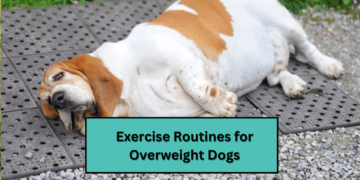

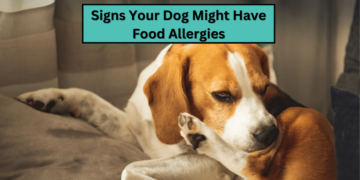


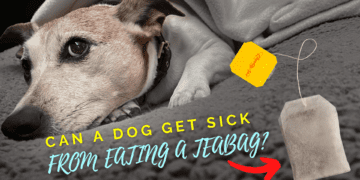

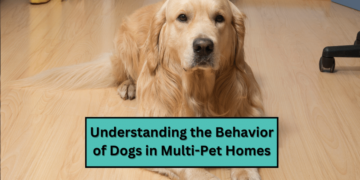

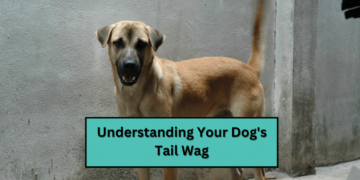

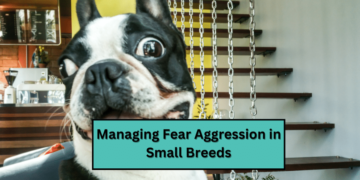
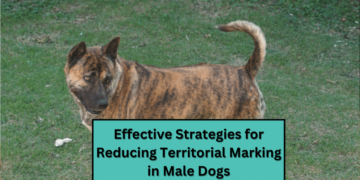


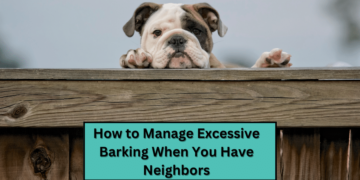


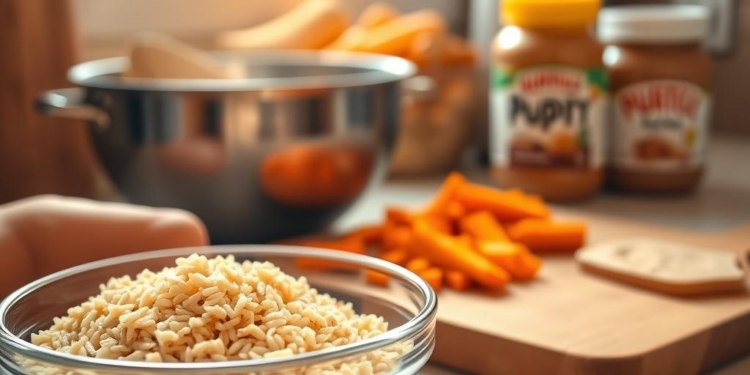

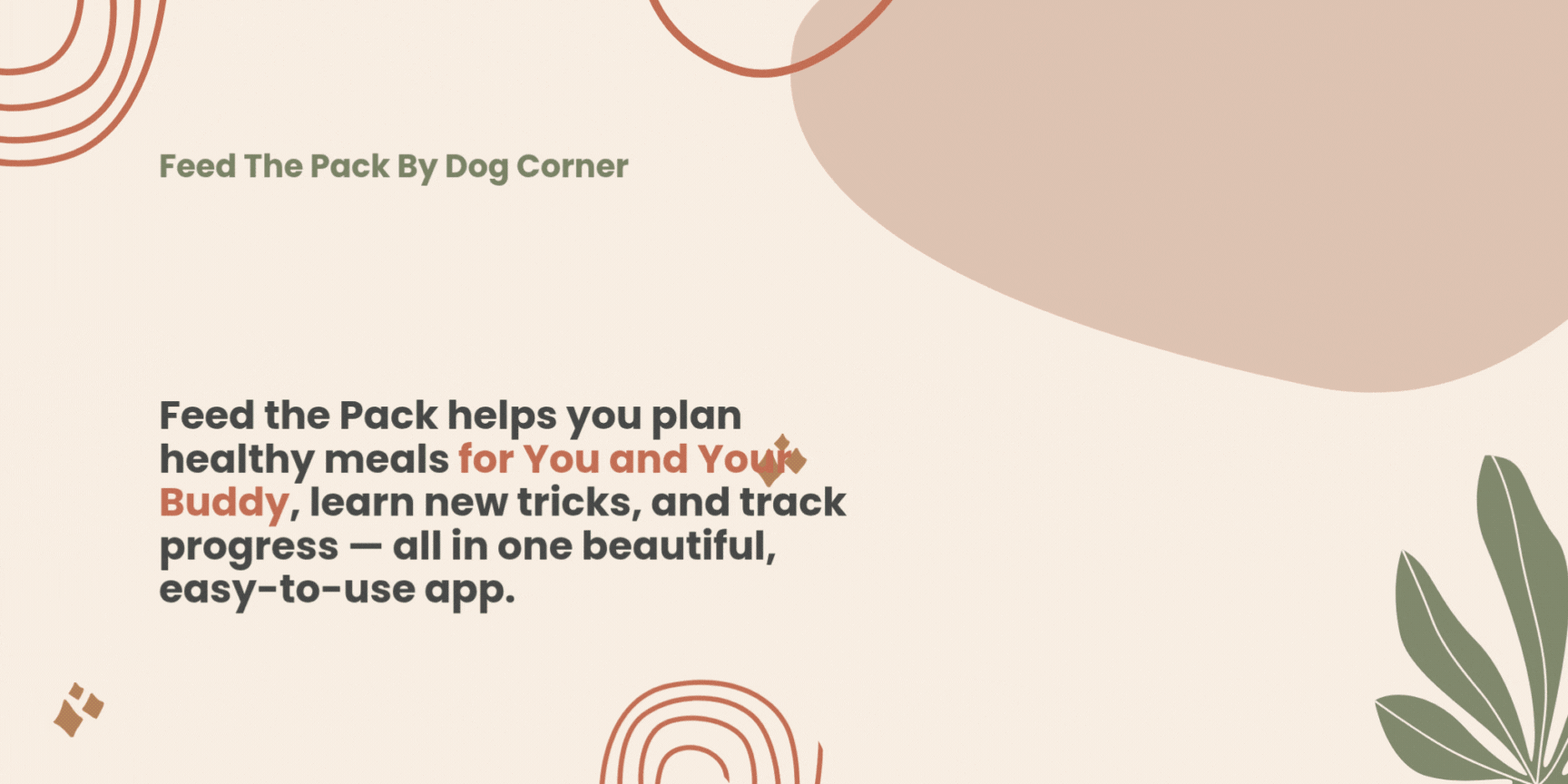






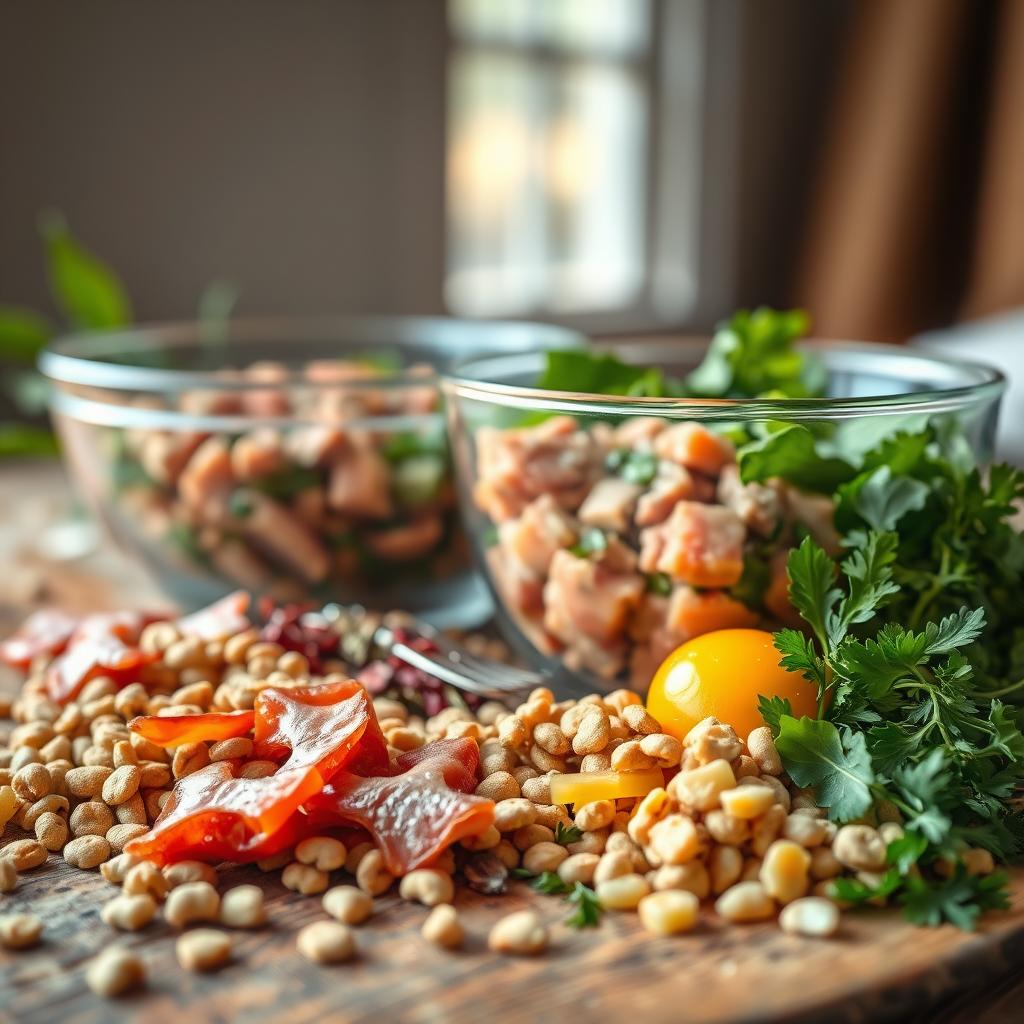
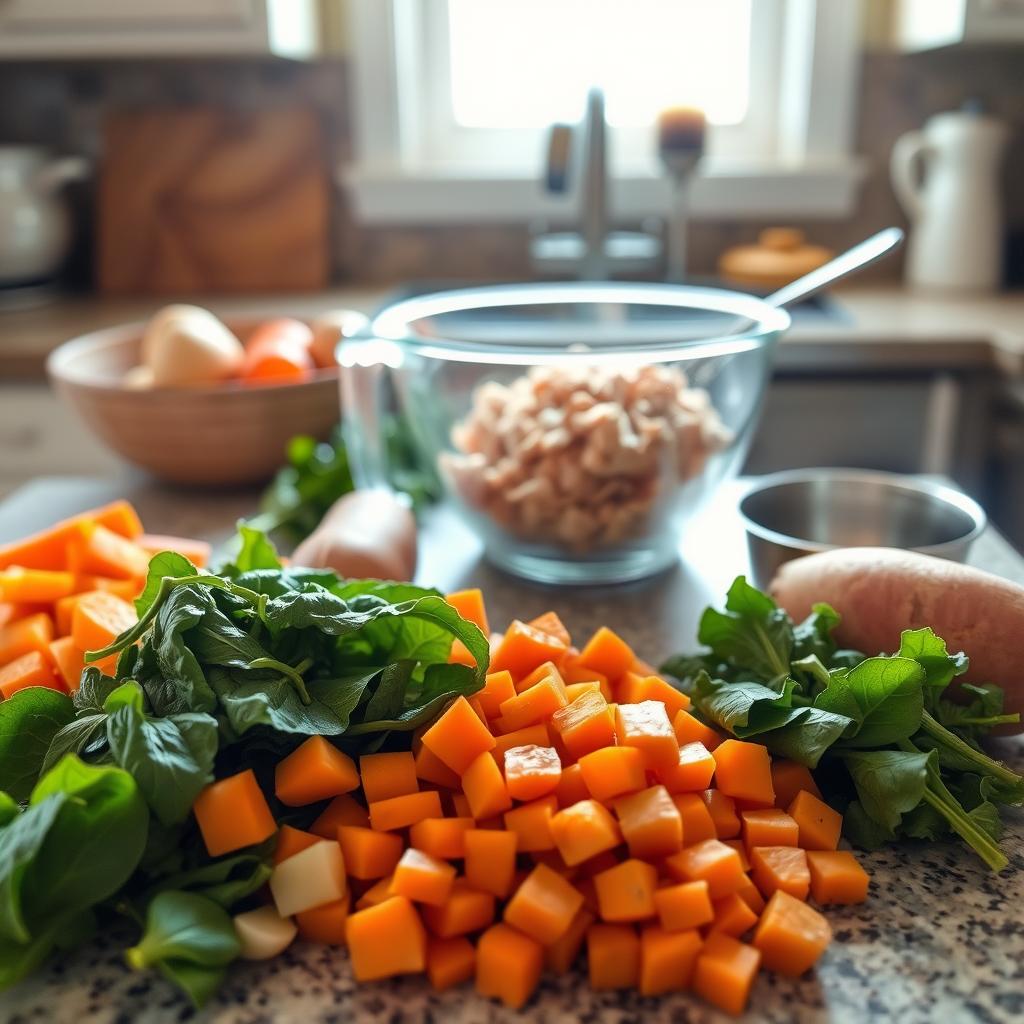
















Discussion about this post